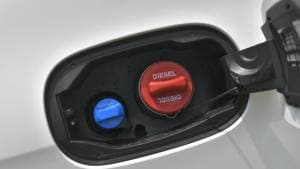Engines we will miss in the BSVI era
The BSVI norms come into effect today, although a limited amount of BSIV stock available with dealers can still be sold once the lockdown ends. The step up to these norms has been quite a steep one from BSIV, needing quite a bit of development from manufacturers. This has meant that many of the engines we've come to like over the last few years won't be available anymore, it makes more sense to just not replace them or to develop a ground-up new design. Here are some of these engines that are going away but will stick with us for some time.
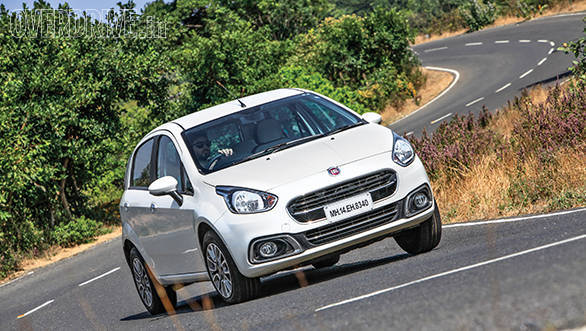
Fiat 1.3-litre Multijet
The motor that possibly singlehandedly popularized the small turbo-diesel engine in the country. The Fiat Multijet motor, when it first came out, provided just the right mix of power and efficiency to make any mainstream hatchback or sedan a great value package. Also, the fact that Fiat decided to manufacture these in a dedicated plant means that they were a cost-effective option for manufacturers looking for a competent diesel engine for their cars. Since its debut in the first-gen Maruti Suzuki Swift in 2007, the motor found its way into not only into Fiat's own small-car range but also into Tata Motors, GM and Premier's line ups.
There were two iterations on offer, a 75PS version that featured in hatchbacks like the Swift, Punto, Sail U-VA and son on. The more powerful VGT-equipped 90PS version found its way into sedans and SUVs like the Linea, Manza. Ertiga and Vitara Brezza.
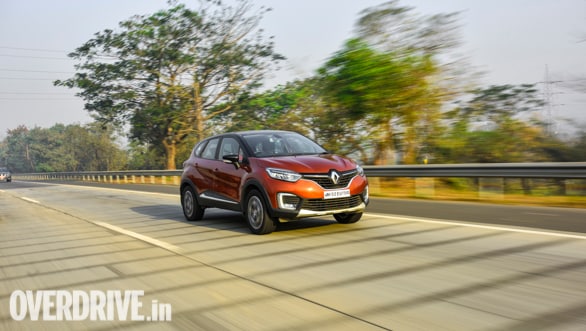
Renault Nissan K9K
The 1.5-litre Nissan K9K turbo-diesel is superseded only by the Multijet in how widely used it was. This motor was a perfect complement to Renault-Nissan's push into the volume segment in our country, a move that has held atleast the Renault brand in good stead so far. The motor was also a major reason for the Duster's initial success, with the punchy motor being a great complement to the SUV's handling chops and practicality. The K9K found its way into many more cars like the Kicks, Terrano, Micra, Scala and Captur, and impressed in all of them.
The K9K motor came in three states of tune, 64PS/160Nm, 85PS/200Nm and a 115PS/245Nm version, depend on the application. The 115PS version was perfect for long-distance jaunts while the detuned version were more linear and greate for city-use

VW Group diesels
The Multijet and K9K motors might have made turbo-charged diesel engines more accessible to car-owners in India, but its the Volkswagen Group's diesel engines that made them aspirational. The refinement and responsiveness these engines brought with them was unlike anything seen before here, and went a long way to dispel diesel's image as utilitarian fuel choice. And when paired with the group's dual-clutch transmissions, proved to also make automatic gearboxes a popular choice among buyers.
There were two such engines sold in India. A 1.5-litre unit that was available in a 110PS and 250 Nm that was available in the Vento, Polo GT TDi and Rapid. A detuned 90PS version of this motor did duty in the standard Polo. Also available was a larger 2.0-litre unit with 177PS and 350 Nm as seen on the Superb and Passat. A less powerful version with either 140 or 150 PS and 340 Nm was available on the Kodiaq, Tiguan, Octavia and Jetta.

Maruti Suzuki 1.5-litre DDiS 225
Maruti Suzuki's in-house developed diesel engine was a long time coming, and sadly, the delays meant that this motor was sold to the general public for just about a year before being discontinued in the BSVI era. In the short time we spent in a Ciaz powered by this motor, we thought it deserved to be around for much longer. It brought with it all the good things we like about Maruti's petrol engines, their responsiveness and frugality, but with the added versatility of a diesel engine. The six-speed transmission that it was paired with was also something that would have continued to work very well for many of the brand's cars.
The DDiS 225 motor was available on the Ciaz and then on the Ertiga, where it made 95PS and 225 Nm. With the Ciaz, certified fuel efficiency was over 26 kmpl.
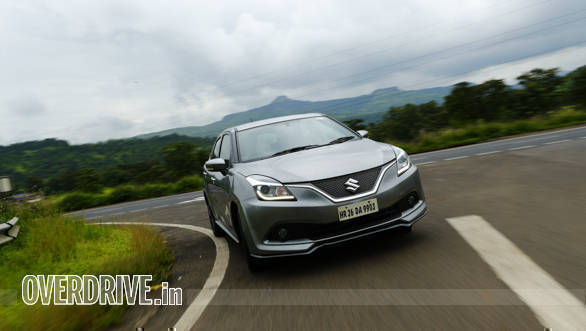
Maruti Suzuki 1.0-litre Boosterjet
Another short-lived but very well liked motor from Maruti Suzuki was the 1.0-litre Boosterjet fitted to the Baleno RS. Enthusists had missed a performance oriented Maruti Suzuki for some time, and Maruti eventaully obliged when the export numbers for the Baleno made sense for the international-spec engine to be offered here as well. The motor lived up to the hype too, with its linear power delivery, strong mid-range and fruity note. The sales numbers were good, Maruti even continued selling it with the mild faceluft that the Baleno got last yer, but given Maruti's scale of operations the numbers werenever high enough for Maruti to develop a BSVI-version.
The three-cylinder Boosterjet engine produced 102PS/150Nm, which added 19PS/35Nm over the four-cylinder naturally aspirated 1.2-litre petrol engine of the regular car.
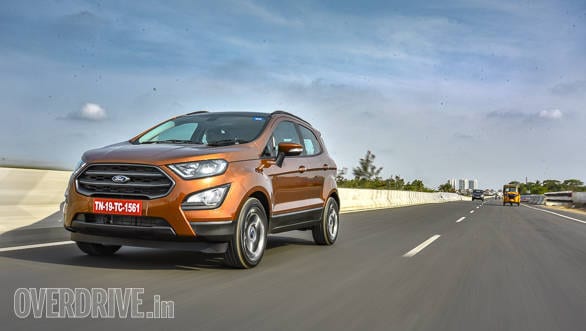 The 2018 Ford S marks the return of Ford's famed three-cylinder, 1.0-litre turbocharged petrol engine, the EcoBoost 1.0
The 2018 Ford S marks the return of Ford's famed three-cylinder, 1.0-litre turbocharged petrol engine, the EcoBoost 1.0
Ford Ecoboost 1.0-litre
The Ford Ecosport is bes know as the one that set the trend for the first sub-four-metre SUV, currently one of the hottest segments in the Indian market. But the Ecosport also did its bit to maintain the Blue Oval's image as the brand for the driver, especially with the Ecoboost 1.0-litre petrol engine. This was the first to try and bring another European trend here, much like the Multijet before, of downsized turbo-petrol motors. This hasn't quite caught on yet, possibly because of how we've traditionally attached more displacment to more performance, but the Ecoboost did show that having an SUV doesn't mean that you'll have to sacrifice fun.
The 1.0-litre Ecoboost made 120PS and 170 Nm, although the facelifted S version paired this with a six-speed gearbox, replacing the earlier five-speeder. Ford will repace this engine with a Mahindra 1.2-litre mStallion turbo-petrol in the future.

VW Group petrols
The Maruti Boosterjet and the Ford Ecoboost might have been very competent engines, but they got nowhere close to Volkswagen's 1.2-litre TSI turo-petrol. VW's inspired move to only offer this witha seven-speed DSG meant that the Polo GT TSi became the go-to option for buyers looking for the full luxury-car experience at a small-car price. This combination also did very well to squeeze out all of the engine's performnace. In fact, the GT version of the Polo have been the most successful. The 1.8-litre TSi, on the other hand, set new benchmarks for performance among sedans. These motors made everything they were fitted too very quick in the real-world, aside from the top-class refinement.
The 1.2-litre TSi motor made 105PS and 175 Nm while the 1.8-litre unit put out 180PS and 250 Nm. These motors have already been replaced, with new BSVI-compliant 1.0-litre and 2.0-litre units.
Starts Rs 7.99 Lakhs
1498cc
Manual
100
215
21.7 Kmpl
Starts Rs 5.73 Lakhs
1197cc
Automatic
89.73
113
23.76 Kmpl
Starts Rs 25.99 Lakhs
1984cc
Automatic
190
320
15.81 Kmpl
